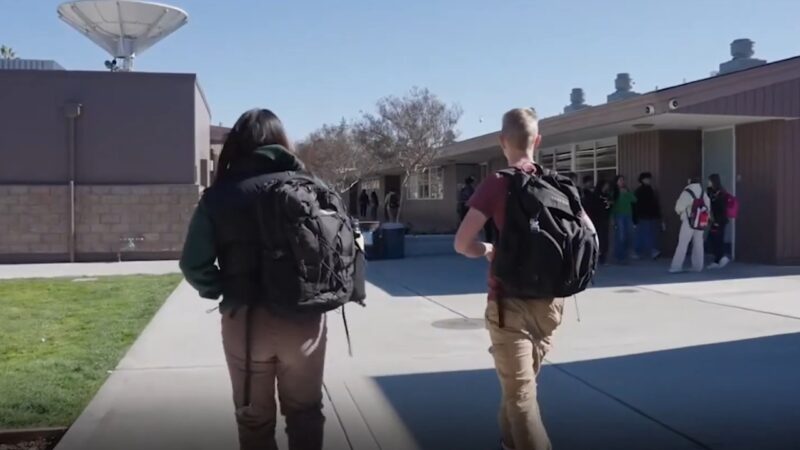In the United States, public schools traditionally follow a calendar that includes about 180 days of instruction, amounting to roughly 36 weeks, excluding weekends and holidays. Some districts may opt for a year-round schedule, distributing breaks differently throughout the year.
In contrast, European schools often operate from September to June or July, spanning 38 to 40 weeks. The UK, for instance, organizes its school year into three terms, with short breaks and longer holidays around Christmas, Easter, and summer.
Key Takeaways
- US schools: ~36 weeks, 180 days; variations exist.
- Europe: 38-40 weeks; UK has three terms.
- Asia: Extended school hours; Japan and China ~40 weeks.
- Southern Hemisphere: Aligns with calendar year, 40-42 weeks.
- Chile has the shortest school year at 162 days.
Typical Duration of US School Year

The length of the school year in the United States is traditionally based on a requirement of approximately 180 school days. Translated into weeks and factoring in weekends and holidays, this constitutes about 36 weeks of school for most districts. The structure typically follows a two-semester system, where each semester spans roughly half the academic year.
A minimum school year of 180 days has been the norm for a long time. In August 1989, 33 states and D.C. had 180-day requirements. Only one state required more school days that year (Ohio, with 182), while 12 required fewer. The remaining states either had no minimum day requirement or set a range of 175 to 180 days. National Center For Education Statistics
Variations by State
Each state in the US has the authority to determine its specific academic calendar, which can lead to some variation in the total weeks of instruction. For instance, some may opt for a longer school year by extending days into the summer, whilst others maintain the conventional end date and integrate more educational days into the typical calendar.
Some school districts are exploring or have already implemented year-round schooling models, which redistribute the traditional long summer break into several shorter breaks throughout the year, affecting the overall week count.
| School Level | Duration (Weeks) | Details |
|---|---|---|
| Elementary School | 36 | Typically around 180 days, excluding weekends and holidays. |
| Middle School | 36 | Same as elementary, around 180 days with weekends and holidays excluded. |
| High School | 36 | Also approximately 180 days, not counting weekends and holidays. |
| College | 30 | Normally split into two 15-week semesters, though some institutions may extend to 17 weeks. |
How Many Teaching Hours Is That?
The number of instructional hours per school year varies by state in the U.S., averaging around 1000 hours annually. This equates to an average of 6 hours of school per day. Research indicates that increased classroom time correlates with improved student performance.
What About the Rest of the World?

Europe
In Europe, school calendars are structured to accommodate various national holidays, cultural events, and climatic conditions. For example, students in Germany typically attend school for 38 to 40 weeks, with the year starting in September and ending in June or July.
In the United Kingdom, the school year is divided into three terms, spanning 39 weeks of education separated by breaks.
Endike Primary Academy extended the length of the school day in September 2021 by 30 minutes per day, increasing from 30 to 32.5 hours per week. Before the changes, the school delivered between 1-2 hours less education per week (equating to almost 80 fewer hours per year) than some other primary schools in the local area. Department of Education
Asia
Educational systems in Asia often emphasize extended school hours and longer academic years. In China, the school year can run from the beginning of September to mid-July, covering approximately 40 weeks of education.
Japan’s school year starts in April and ends in March, with a few breaks in between, totaling a similar length. For specific insights, students in South Korea have a slightly shorter year, typically around 34 weeks, influenced by rigorous preparation periods for examinations.
The Southern Hemisphere

Countries in the Southern Hemisphere often align their academic year with the calendar year. In Brazil and Argentina, the school season generally runs from February or March to November or December, amounting to around 40 to 42 weeks.
Brazil has undergone a major expansion of education in recent decades, but the quality of the educational system still remains a problem. To improve student learning, several efforts are being made, including lengthening the school day. Data from 2018 shows that Brazil has a school day shorter than the average of the OECD countries and shorter than other Latin American countries. SCIELO
The school year in the United Arab Emirates spans 36 to 38 weeks, incorporating religious holidays like Ramadan and Eid into its calendar.
Related Posts:
- Essential Back to School Checklist for Teachers -…
- What Is a Title 1 School - The Impact on American Education
- 5 Worst School Districts in California 2024:…
- 5 Non Fiction Articles to Pair with Classic High…
- The Transformative Impact of Speech-Language Therapy…
- Why Should Phones Be Allowed in School? 4 Things to Consider







